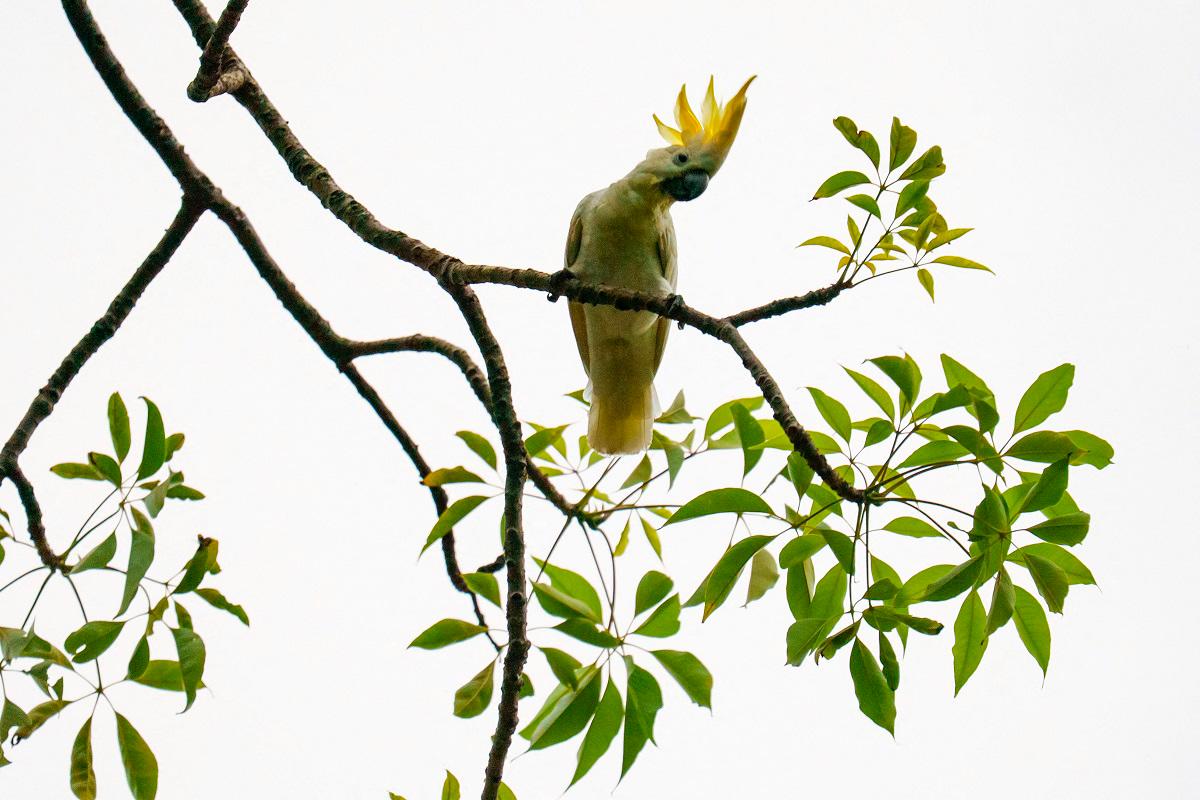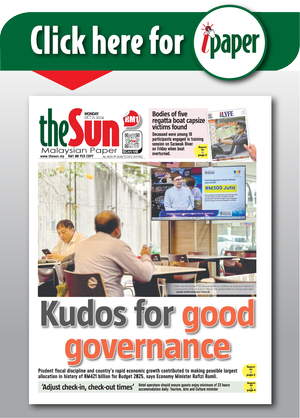HONG KONG: Above the bustling streets of Causeway Bay, a conservation effort is underway to save the critically endangered yellow-crested cockatoo.
Only 1,200 to 2,000 of these birds remain worldwide, with one-tenth residing in Hong Kong.
Astrid Andersson, a researcher at the University of Hong Kong, describes the city as home to one of the largest remaining wild populations.
Habitat loss and illegal trade threaten the survival of these rare birds.
The cockatoos rely on natural tree hollows for nesting, but 80% have disappeared due to typhoons and urban development.
Andersson has designed nest boxes to mimic these hollows, hoping to boost breeding success.
She plans to install around 50 boxes across Hong Kong to support the declining population.
Without intervention, she warns the birds may struggle to replace lost individuals.
The nest boxes also provide a rare opportunity to study their reproductive behaviour.
Hong Kong’s cockatoos are believed to descend from escaped pets rather than native populations.
The city’s urban parks have become an unexpected sanctuary for these birds.
Residents often mistake them for common parakeets, unaware of their endangered status.
Yellow-crested cockatoos are distinct from their Australian sulphur-crested relatives.
In Hong Kong’s bird markets, the endangered species is discreetly sold at high prices.
Trade in wild-caught yellow-crested cockatoos has been illegal since 2005.
Sharon Kwok Pong of Hong Kong Parrot Rescue suspects a black market is operating.
She calls for stricter enforcement to protect the species from illegal trafficking.
Andersson has developed a forensic test to detect illegally captured birds.
The test analyses dietary traces to determine if a bird was recently taken from the wild.
In their native Indonesia, poaching and habitat destruction have decimated populations.
Hong Kong’s cockatoos may hold genetic diversity lost elsewhere.
Andersson suggests they could serve as a backup population for conservation efforts.
The survival of these birds now depends on both scientific intervention and public awareness. - AFP









